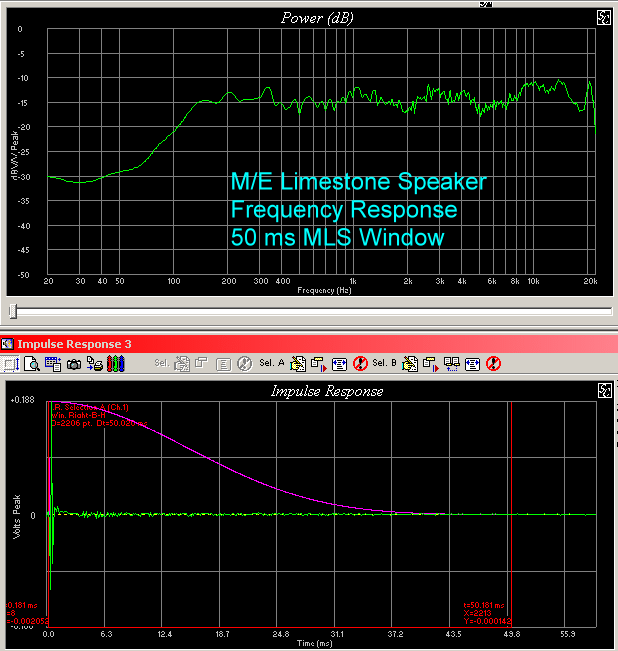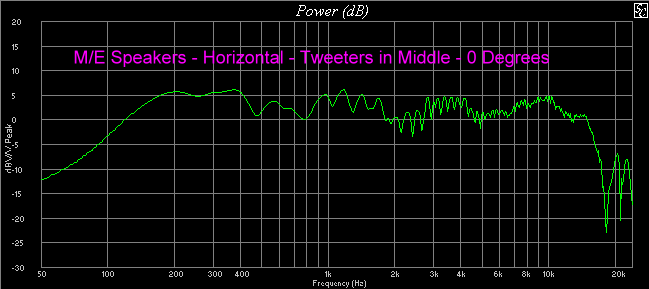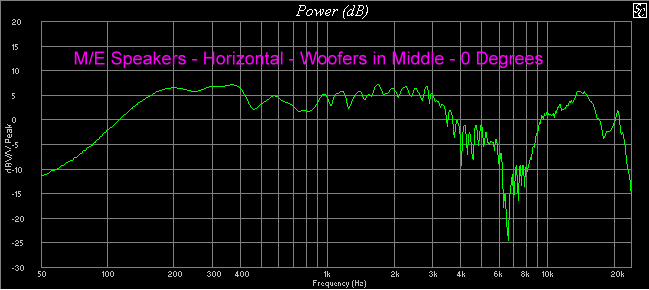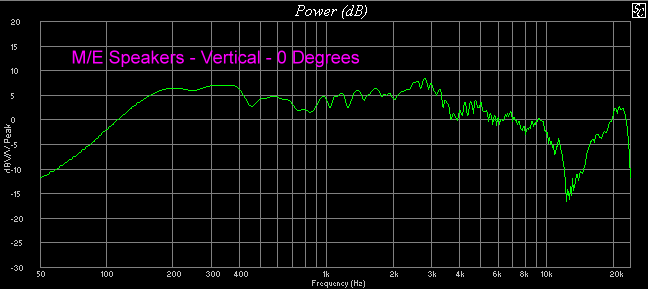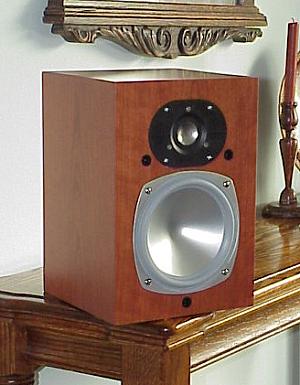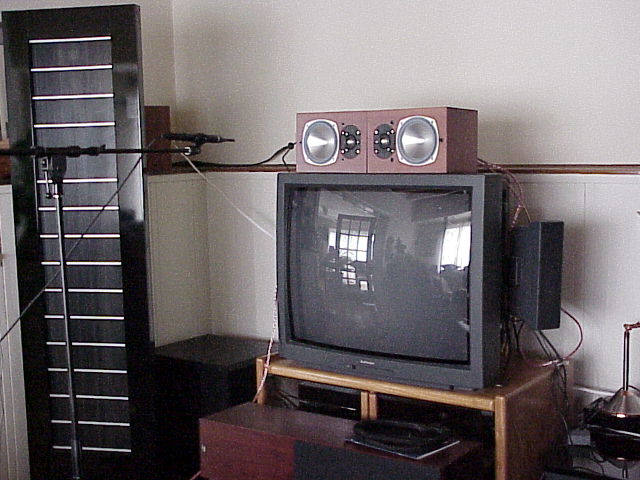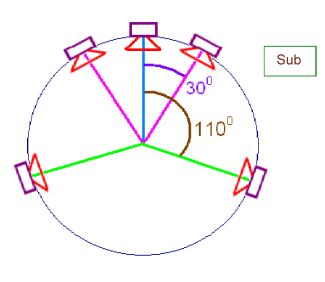 |
 |
|||||
|
|
|
|||||
|
|
||||||
|
||||||
|
Q I am looking for a new DVD player without the Chroma Bug. In
looking at your Q&A it seems like the Panasonic RP82 is the way to go. But, I
was also looking at the Pioneer Elite DV45A which has the ability to play all
DVD/CD Formats including SACD. Does the Pioneer DV45A have the Chroma Bug ?
Lastly Should I wait for a DVD player with a DVI port since I just bought a
Hitachi 65SXW20B Big Screen TV? T Q What budget A/V receiver can you recommended for some B&W CDM 1NT speakers? A The CDM 1NTs are 8 Ohms nominal and 88 dB sensitivity. Just about any receiver should work fine with these speakers. As the impedance goes down (e.g., 6 Ohm nominal ratings), and the sensitivity goes down (e.g., lower than 88 dB), look for larger power amplifiers. T
Q Consider the possibility
that, for the surround
channels, I connect two pairs of identical speakers, a pair placed on the sides
of the listening position and another pair at the back and not so far apart,
facing forward. What benefits if any will I get with this setup, and what
disadvantages will it have? Also, how should surround speakers be ideally
placed?
Now look at the frequency response of two of these speakers sitting on a TV, arranged side by side, horizontally, with the tweeters in the middle. See how the response has shifted so that it fluctuates quite a bit more. The high frequency response has deteriorated significantly.
Here is the response with the speakers side by side with the woofers in the middle, arranged horizontally. The upper midrange is attenuated.
Here are the responses with the speakers side by side, but vertical, so that the tweeters are at the top, the same way the single speaker was sitting on its speaker stand. Sound at 13 kHz is now way, way down. Of course, the speakers on the TV are not in the exact same position as the single one on the stand, but the point is that, with two speakers near each other, both getting the same signal, there is a lot of combing between the two outputs, and you can get a terrible response. Bottom line, just use one speaker for each channel. As an aside, these graphs also point out why center speakers seem to work better horizontally, with tweeter(s) in the middle.
Here are shots of the speaker (M/E Limestone bookshelf, review coming soon) and the setup for the measurements:
As to speaker placement, here is a diagram representing the ITU standard for 5.1. If you have a 7.1 system, the rear speakers should be at the back of the room, very close to one another, facing the rear of your seating position (the center of the circle shown below is where you would be sitting).
T
Q I am installing new cables
for rear speakers and the shape of the room means that the left speaker cable
will be 24 feet longer than the right cable. Will this be a problem? T
Q I recently bought a floor sample receiver, a
Denon AVR 1801. Because it was a floor sample, no manual came with it. I
contacted Denon, and they no longer have manuals for the 1801, so they suggested
I download and use the manual for the 1802. However, they are no way the same on
the back panels. Do you know where I can get a manual for the 1801? T
Q I currently own a modest
home theater setup that consists of a Denon AVR 4802 receiver , Mirage OM-7
front speakers, Mirage OM-C2 center , BPS-400 sub, and OM-R2 surrounds. I also
recently purchased a power conditioner, the Monster HTS 5100. I am very pleased
with this setup for movies, but what I would like to do is improve this setup
for music listening. Would say adding a separate power amp like the Marsh A400s
be a step in the right direction? Or would I be better served by upgrading in
other areas? By the way, I currently use a Sony DVP-NS650V for CD and SACD
playback using the DACs in the Denon. Any advice would be appreciated. I have
approximately $2,000 for upgrades, or would this be a waste of money? T
Q I have a Panasonic CP-72 DVD player. It has a
selection of bitstream or PCM output. What is the difference? T
Q I have a subwoofer integrated in my system,
and after considerable tweaking, I have it adjusted to my liking for both HT and
music. My question is, when playing DVD-A discs, do the rules change? I
have the the cut-off frequency set to around 60 Hz for the sub, but when playing
DVD-A discs, there is little output compared to normal CDs. I was wondering what
techniques are used for DVD-A mastering, thus requiring a different setting for
the low-pass filter for DVD-A?
|
||||||

